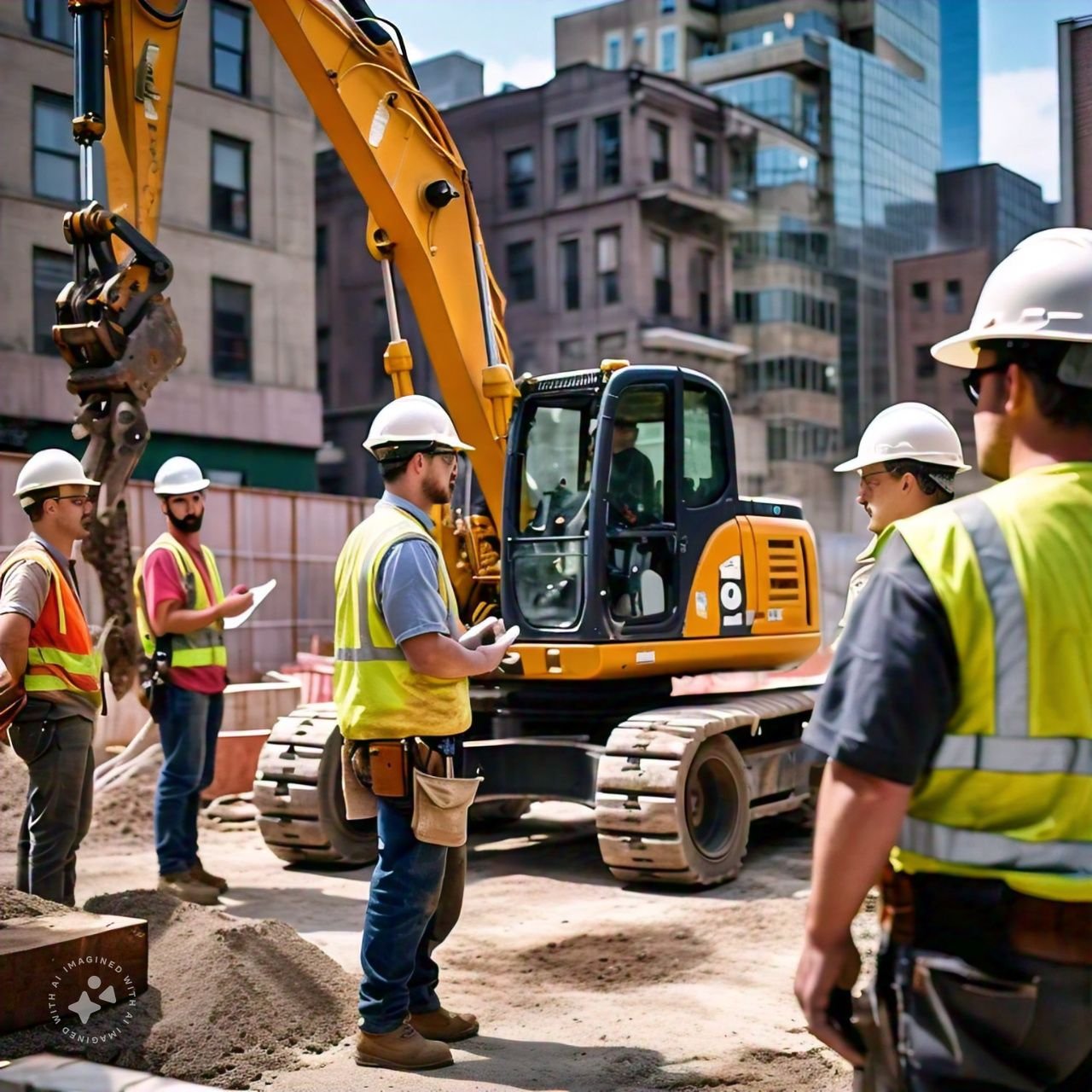This paper reveals evidence of significant climate change impacts on construction industries. Weather condition changes for instance occasioned by climate change are putting pressure on the industry given the fact that the building industry has to deal with changes in the following aspects. Appreciating these effects is vital to construction firms, independent construction estimators, CAD services, construction estimating firms, and other stakeholders who want to prepare for change.
More Extreme Weather Events
Now looking at the effects of climate change on construction risks; one of the most clear-headed effects of climate change is the more frequent emergence of storms, floods, fires, and heat. They result in loss of property and property infrastructure, delayed project delivery and inflated costs, and endanger the lives of the workers involved. For instance, supplies for many construction projects in Texas were hindered and severely damaged by the winter storm that occurred in February this year.
Particularly susceptible to these conditions are construction sites and their operations. Violes of storms and floods can remove the elements and produce hazardous circumstances whereas fire can engulf structures under construction. Heat also leads to poor worker productivity and causes droughts and heat waves. Managers are finding that they need more and more disaster preparedness to help reduce these effects.
How New Architectural Codes and Construction Standards Operate
As for climate change effects, most governments introduce changes in building energy codes and establish new requirements for construction resistance. For instance, some codes apply to new construction today such as those in California that mandate the installation of solar panels and electric car charging stations in addition to high energy performance standards. New buildings in Miami-Dade Florida are required to locate crucial equipment higher than flood risks as generated by climate change.
Responding to these code changes presented in various editions and updates is possible provided construction companies, freelance estimators, services, and estimating companies are up-to-date. It may also involve the specification of new materials processes or designs for improved resilience and sustainable practices. To make sense of these changes it involves a time and money commitment. Such firms benefit from a shift towards ‘future-proofing’ new structures as demands through change continue to rise.
New Infrastructure Needs
Climate change is also rendering much of current and future infrastructural development suboptimal to current and future conditions. Currently, storms are producing more acute floods, which saturate sewer and stormwater infrastructure designed for historical rainfall. To accommodate climate change, port facilities and the vertical infrastructure of a historically horizontal waterfront are new requirements, as well as resilience to more severe storms. Heatwaves distort roads and railroad tracks for average cooler temperatures than were expected.
All of this damage and inadequacy where it is built means business opportunity for the construction industry speculative-proof construction companies that can design as well as construct new infrastructure able to adapt to the new climate norm. This may create more awareness of Construction Estimating Companies and self-employed estimators who are conversant with modern innovative construction methods and products to embrace such projects. CAD services can also be applied to exploring elaborate architectural solutions and testing of their infrastructure models.
Logistics and Operations Challenges
But apart from physical effects on structures, climate change brings new challenges to the convenience of construction and with it operations. For instance, the appearance of drought leads to water disputes, which may translate to rationing of water to teams undertaking construction activities. Fire, storms, and floods block roads and rails which in turn hampers the availability of supplies and logistical supply of its workforce. High temperatures during summer require quite frequent day’s breaks and changing of the quotas with a view of avoiding heat complications.
Construction companies therefore need to focus on flexibility in planning, and in setting timelines because climate shocks such as floods, can easily alter the local environment. Firms ought to monitor the ever-changing forecasts on weather and climate closely, develop plans B and C, and put into practice measures like installing moisture/temperature sensors on sites. There is also the-build in flexibility of embracing work from home to roles like CAD technicians and Freelance Construction Estimator.
Conclusion
Though conditions in the construction site depend upon the fluctuating climate conditions of seasons, climate change is adding to these changes and bringing the conditions beyond a typical ‘seasonal change’. This is putting pressure on firms in all construction sectors to reconsider operating strategies, use of materials and equipment, workers’ availability, supply chain, and other capital investments.
This means that firms who invest time in trying to understand the effects of climate change on the construction process and how they can adapt to it will have a more competitive advantage than those firms who do not. For any project big or small, implementation of climate-ready building codes and infrastructure standards is the next big thing. That being said, the construction industry needs to be ready to explain these policies in a building-site context.

